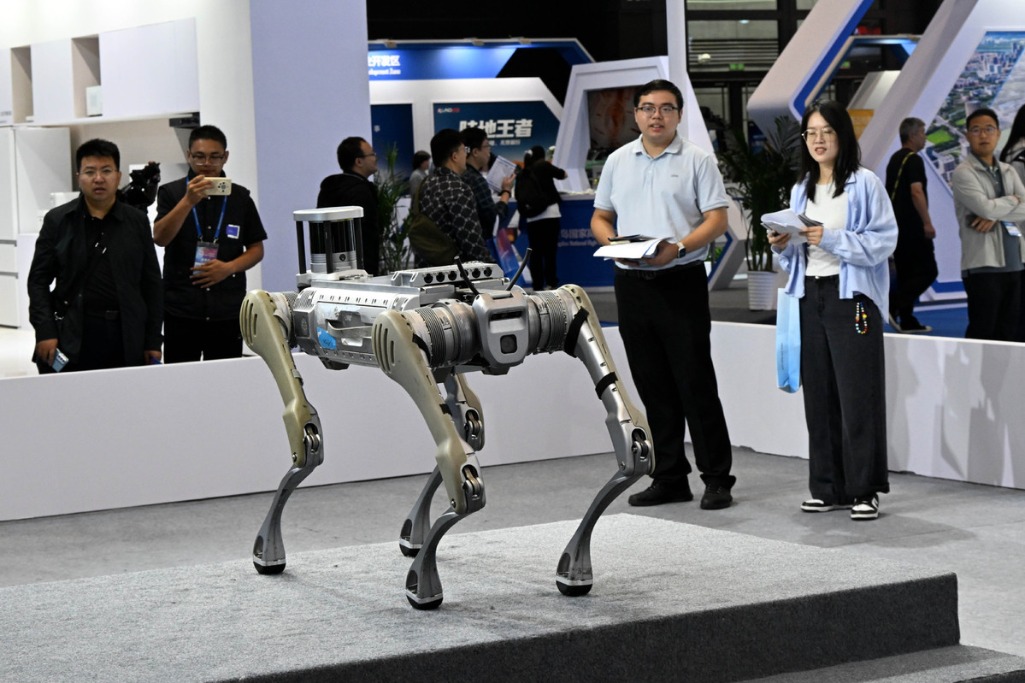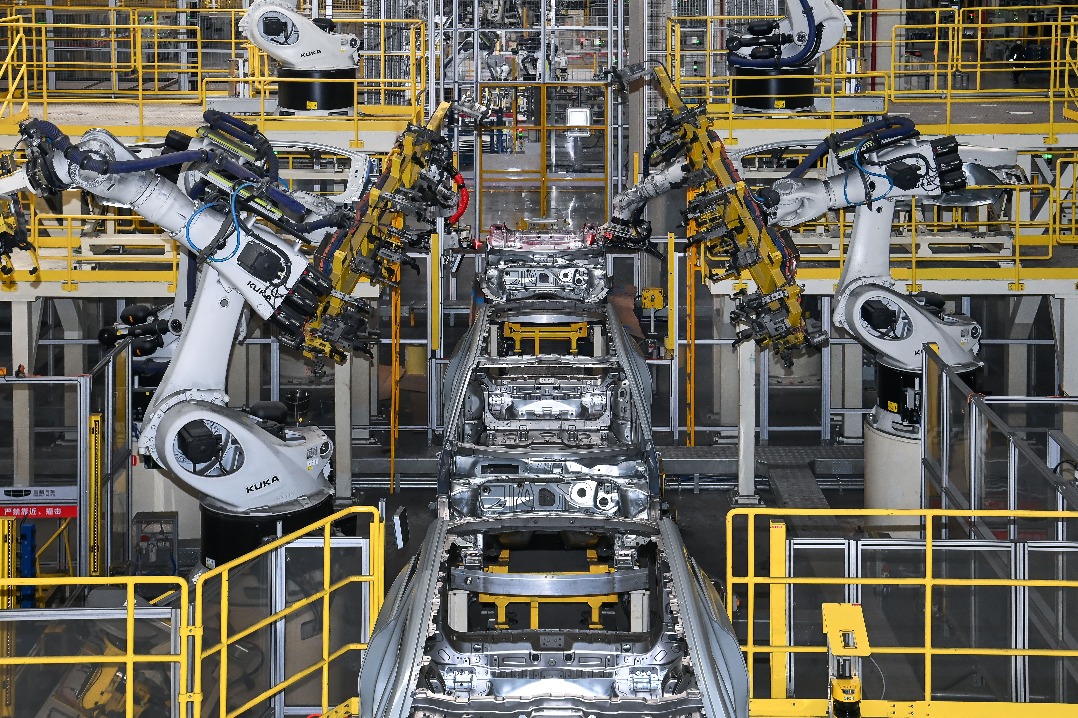Nonfinancial ODI in BRI economies up


China's nonfinancial outbound direct investment (ODI) in economies participating in the Belt and Road Initiative soared 9.9 percent year-on-year to $11.29 billion in the first seven months of this year, the Ministry of Commerce announced on Thursday.
After years of infrastructure growth, many countries and regions involved in the BRI have already begun to build both manufacturing and high-tech themed economic zones, regional service hubs for ocean shipping, air cargo and tourism businesses, said Sang Baichuan, dean of the Institute of International Business at the Beijing-based University of International Business and Economics.
"These economies are also demanding more supporting projects and businesses such as metro train networks, cold chain warehouses and healthcare services to accelerate their urbanization pace and improve people's living standard, especially in countries like Saudi Arabia, the United Arab Emirates, Serbia, Ghana and Algeria," he said.
China's overall nonfinancial ODI declined 4 percent year-on-year to 406.52 billion yuan in the first seven months of this year. In US dollar terms, the country's ODI went up 4.2 percent to $62.81 billion, data from the ministry showed.
Chinese companies' investment in information transmission and software services soared 32.9 percent year-on-year to $4.81 billion in overseas markets. Their investment in fields like scientific research and technical services, manufacturing, transportation, and residential services is also on the rise, indicating a trend of diversified ODI portfolio.
As China's unwavering efforts to deepen reform and opening-up are set to provide more business opportunities to foreign investors, the country has been speeding up the formulation of the negative list for 2021, as part of its ongoing efforts to continuously open its vast domestic market to global investors, said Gao Feng, the ministry's spokesman.
A negative list refers to special administrative measures for the access of foreign investment in certain industries or areas.
Having solicited opinions and suggestions from various stakeholders, the Ministry of Commerce is working with other government branches to study their inputs, proposals and related information. China will further shorten the negative list for foreign investment to build a higher-standard open economy, he said.
Against a backdrop of a sharp decline in global cross-border direct investment, there has been significant growth in foreign direct investment (FDI) in China. Global capital inflows into the country surged 25.5 percent year-on-year to 672.19 billion yuan in the first seven months of this year, official data showed.
"Rising FDI demonstrates the growing confidence of global investors in the Chinese economy. China's dual-circulation development paradigm stabilizes the vitality and resilience of both domestic and foreign markets," said Julien Hueber, executive vice-president of Industry Solution and Project Business Group at Nexans, a French cable manufacturer.
The continuously improving business environment offers big opportunities for multinational corporations to expand their global footprint profitably and optimize the capacity and agility of their supply chains, he said.
The French company started to run a new cable harness production facility in Tianjin in late June. The facility will increase its production capacity in China, and help increase the renewable energy in China's energy mix and bolster the high-quality development of the country's clean energy value chain.
"Looking into the future, we are optimistic about the Chinese market and believe that the nation's economy will continue growing steadily," he said. "As a key player in electrification of the world, we will further utilize our expertise and know-how to contribute to China's decarbonization goals."




































